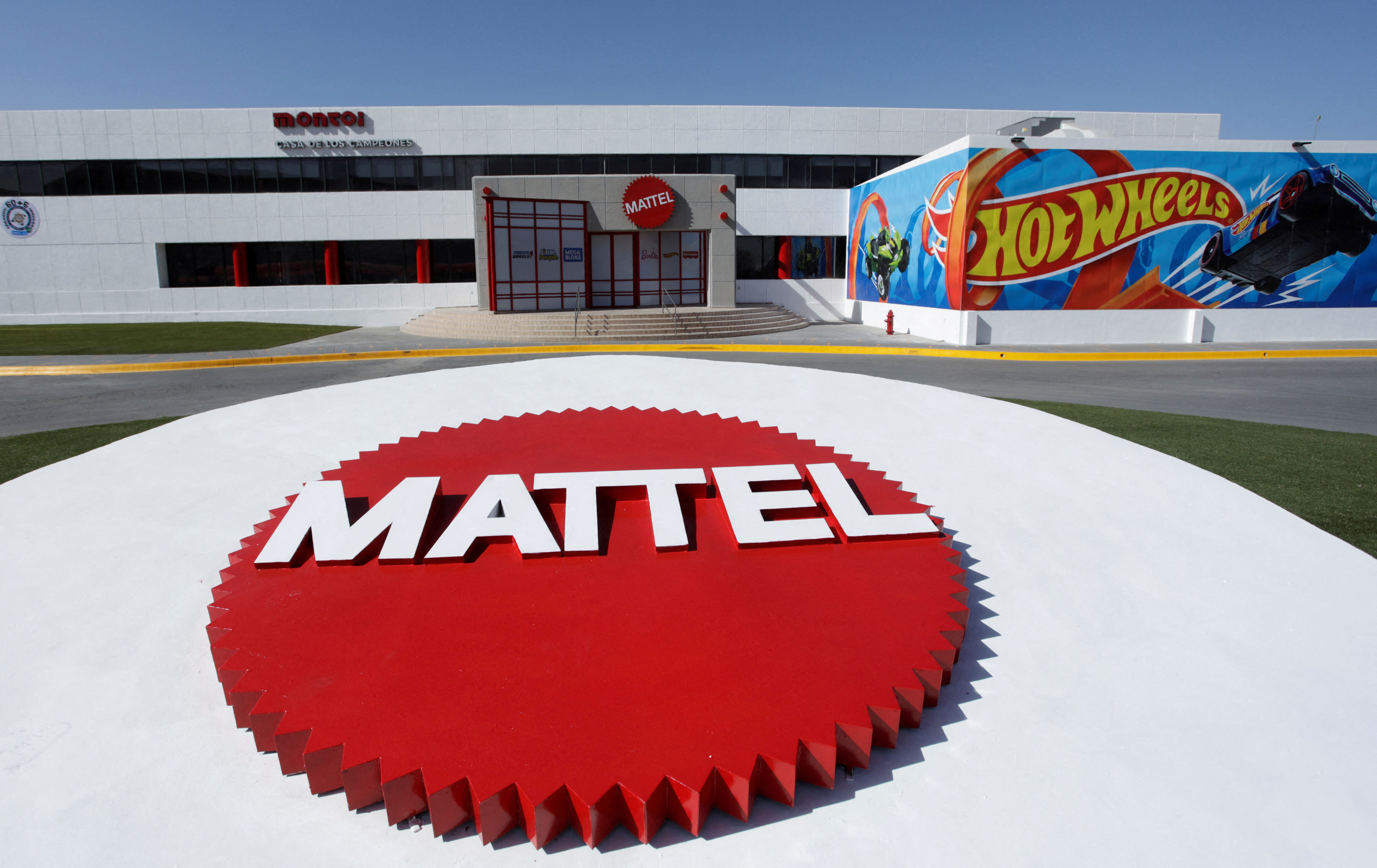
Corporate America is currently navigating a complex and increasingly volatile landscape, marked by risks that extend far beyond traditional economic indicators. Companies are now compelled to flag potential threats stemming from shifting trade policies and the intensely polarized public debate around social and environmental initiatives.
Regulatory filings, typically reserved for warnings about recessions or natural disasters, now feature explicit concerns about customer and legal backlash related to diversity, equity, and inclusion (DEI) policies and environmental, social, and governance (ESG) initiatives. This isn’t just about implementing programs; companies are also signaling the dangers inherent in rolling them back.
This challenging environment has led to a wave of caution across major sectors. Best Buy, for example, recently lowered its full-year sales and earnings projections for fiscal year 2026. CFO Matt Bilunas attributed these cuts to incorporating the impact of tariffs, which the retailer anticipates will remain at current levels throughout the year, noting no material change in consumer behavior from recent quarters.

Even companies that beat expectations in the first quarter are adjusting future outlooks. Abercrombie & Fitch, despite surpassing projections for earnings and revenue, lowered its profit outlook for 2025. The retailer cited a 30% tariff on imports from China and a 10% tariff on all other imports, estimating a $50 million hit to profits.
Macy’s, which also exceeded Wall Street’s first-quarter expectations for revenue and earnings, lowered its full-year outlook for earnings per share. The company pointed to initial and current tariffs, alongside some moderation in consumer discretionary spending and a heightened competitive promotional landscape, as key factors influencing this decision.
Target, initially projecting 1% sales growth for 2025, now expects sales to decline throughout the year. CEO Brian Cornell and CCO Rick Gomez reportedly blamed weaker spending amid uncertainty about tariffs and backlash to the company’s phasing out of diversity, equity, and inclusion efforts, underscoring the dual pressures businesses face.

The impact of tariffs is presenting a significant financial burden for various industries. Diageo, the distributor for well-known brands including Guinness, Smirnoff, and Johnnie Walker, warned of a potential $150 million hit to annual profits in 2025. While the company plans to offset about half of this impact through existing actions before considering price increases, it highlights the scale of the challenge.
Walmart’s CEO, Doug McMillon, acknowledged the pressure during an earnings call. While stating the company would “do our best to keep our prices as low as possible,” he cautioned that Walmart would be unable to “absorb all the pressure given the reality of narrow retail margins” and that “higher tariffs will result in higher prices,” a direct warning to consumers.
This uncertainty extends to technology and manufacturing sectors as well. Foxconn, a major electronics manufacturer, adjusted its outlook from “strong growth” to being more cautious and anticipating “significant growth,” citing “rapid changes in U.S. tariff policies” that have “considerably impacted the global supply chain,” with currency fluctuations adding to the uncertainty.

The automotive industry is also feeling the strain. Toyota estimated approximately $1.25 billion in profits were erased in April and March, attributing this directly to the “impact of U.S. tariffs.” The Japanese automaker consequently forecast a nearly 21% dip in operating income through 2025, signaling a challenging period ahead.
Further demonstrating the widespread impact, Steve Madden withdrew its financial guidance for 2025. CEO Edward Rosenfeld cited “heightened uncertainty due to the impact of new tariffs on goods imported into the [U.S.],” illustrating how unpredictable trade policies are clouding the financial visibility for companies.
Electric vehicle maker Rivian also lowered its targets for vehicle deliveries and capital spending for 2025. The company noted that the “current global economic landscape presents significant uncertainty,” specifically highlighting “evolving trade regulation, policies” and tariffs as contributing factors.

The technology sector is facing specific challenges related to trade restrictions. AMD expects to lose $1.5 billion in revenue in 2025 due to restrictions on chip shipments to China, a direct consequence of geopolitical and trade policy shifts.
Even luxury segments are not immune. Ferrari noted in its first-quarter financial report a “potential risk” of a 50 basis points reduction to earnings in 2025. The luxury car maker cited the “introduction of import tariffs on [European] cars” into the U.S. as the source of this potential impact.

Toymaker Mattel, known for iconic brands like Barbie and Hot Wheels, paused its full-year guidance, with CEO Ynon Kreiz noting it’s “hard to tell where things will land and how the tariff situation will evolve.” The company cited the “volatile macro-economic environment and evolving U.S. tariff situation” and indicated it may raise prices “where necessary,” potentially making playtime more expensive.
Mattel’s strategies to mitigate the tariff impact include reducing reliance on Chinese sourcing, diversifying the supply chain, optimizing product sourcing, and considering pricing actions in its U.S. business. This highlights the operational adjustments companies are undertaking in response to trade pressures.

Ford announced expectations for tariffs to reduce its earnings before interest and taxes by approximately $1.5 billion in 2025, leading the company to suspend its full-year guidance. The automaker cited “the potential for future or increased tariffs in the U.S.,” alongside potential retaliatory tariffs from other countries and potential supply chain disruptions, painting a picture of broad, interconnected risks.
Cummins, a truck engine manufacturer, withdrew its forecast for 2025, with CEO Jennifer Rumsey citing “growing economic uncertainty driven by tariffs” and acknowledging that customers faced an “increasingly challenging environment.” This illustrates how trade policy impacts upstream suppliers as well.



:max_bytes(150000):strip_icc()/Queen-Camilla-Lead-1435dc9d3f14467cbec0afb664391cd9.jpg)
